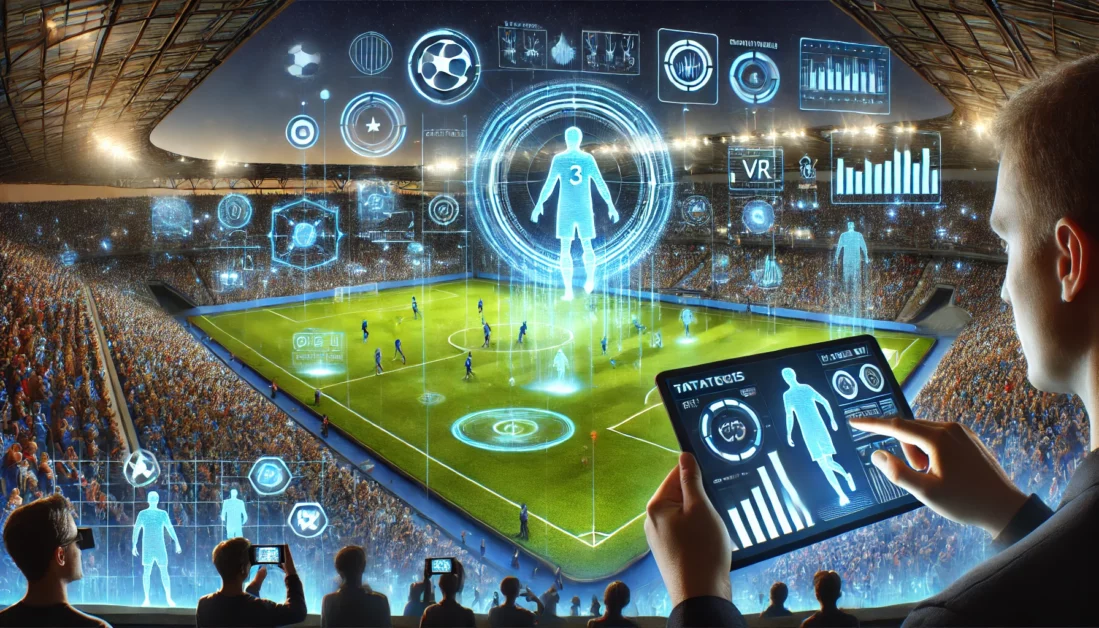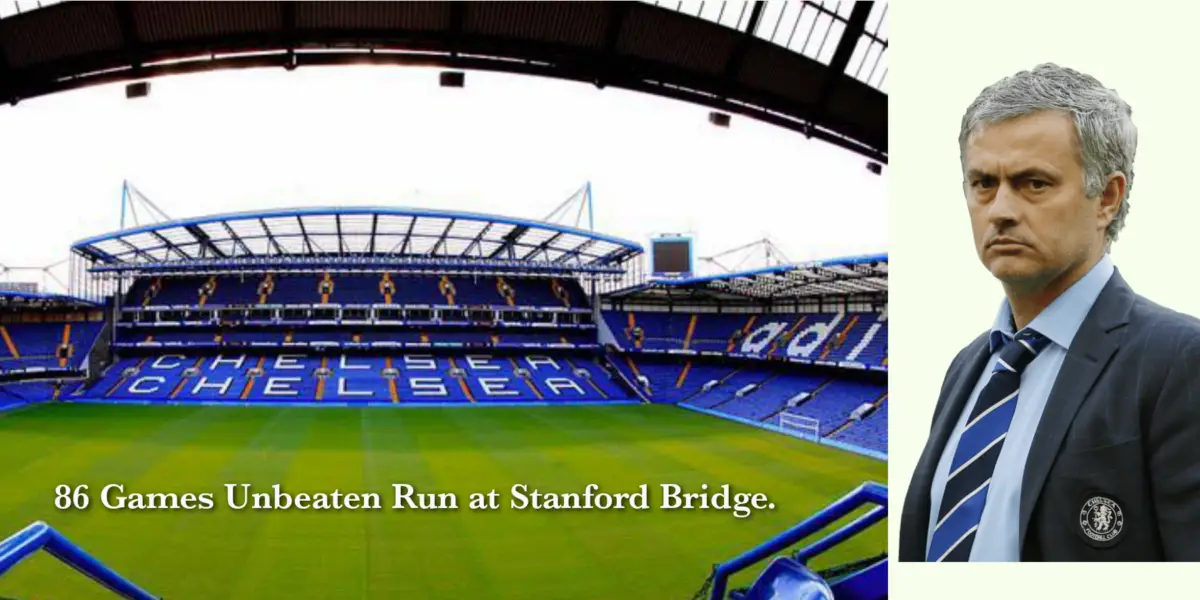Soccer has always – even more now – been a game of more than goals and glory. Strategy, skill, stamina all have their place in the game and in recent decades these stats have started to ring louder. In recent decades, analytics has transformed the sport, offering new ways to evaluate players, predict outcomes, and understand the game on a deeper level. So, what does the future hold for soccer stats?
1. AI-Powered Insights
Artificial intelligence is possibly the most impactful invention that has happened to human kind in recent times & it is also set to revolutionize soccer analytics. How? By processing vast amounts of data in real-time, AI can uncover patterns and trends that were previously invisible. Examples include, machine learning models that predict player fatigue, optimizer substitution timing, and subject tactical adjustments real time during matches. Sites like Sportsloci.com are already offering advanced stats and leveraging AI to bring predictive picks for games.
2. Immersive Fan Experiences
On the fan level there are also changes that will occur. For example, the integration of augmented reality (AR) and virtual reality (VR) technologies will bring soccer stats directly to fans in innovative ways. Imagine this, you are watching a match and real-time player performance metrics are overlaid on the field through AR. Or, as a different example, you are able to step into your favorite stadium using VR. These technologies will make stats more accessible and engaging for casual fans and analysts alike.
3. Player Biometric Data
Biometric data refers to measurements taken through devices for things like heart rate, oxygen levels, and muscle exertion. Wearable technology has become increasingly advanced brining on this advent in new stats available on the training and improvement side. In the future, live biometric data might influence in-game decisions. For example, a coach could substitute a player showing signs of exhaustion or elevated stress levels, potentially preventing injuries.
4. Game Strategy Simulation
As soccer analytics evolve, teams will likely leverage advanced simulation tools to test strategies in virtual environments. These tools can model different tactical setups, allowing coaches to experiment with formations and styles of play without stepping onto the field. By simulating various scenarios—from specific opponent tactics to unpredictable weather conditions—teams can enter matches better prepared than ever.
5. Enhanced Broadcasts
Broadcasters are also set to benefit from the next generation of soccer stats. Enhanced graphics, real-time data visualizations, and AI-driven commentary will provide deeper insights to viewers. For instance, broadcasters might use dynamic infographics to explain why a certain player excels in a particular position or how a team’s pressing strategy impacts the opposition.





